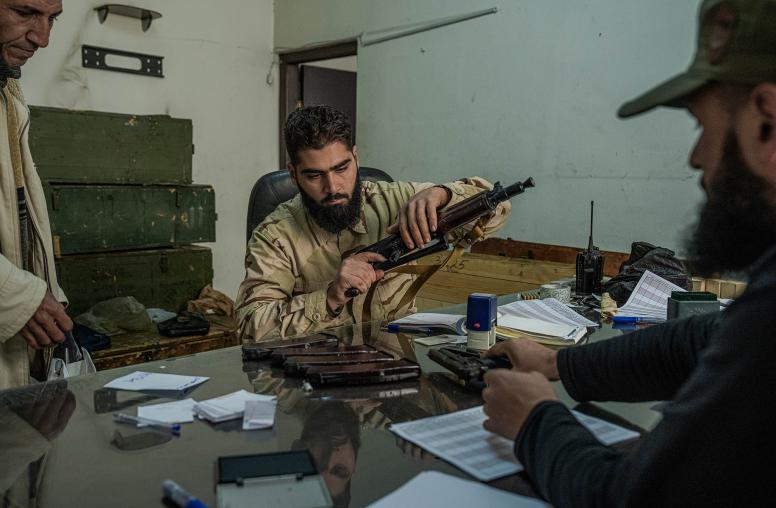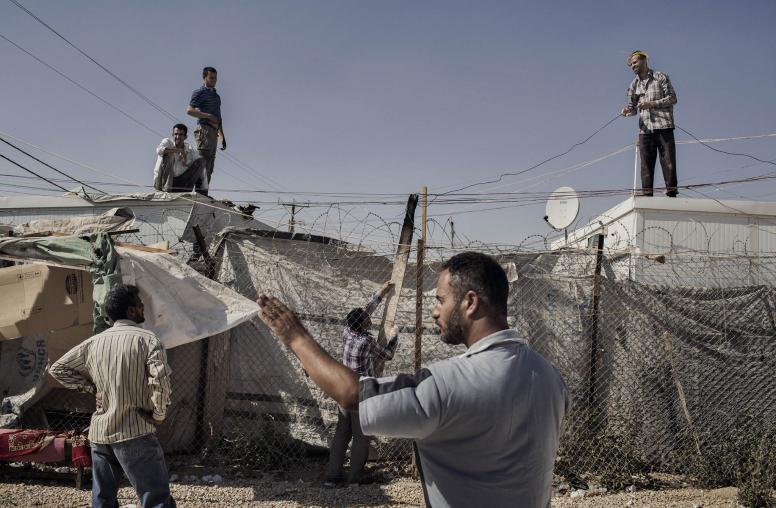Returning Foreign Fighters and the Reintegration Imperative
This report aims to help policymakers and practitioners navigate the challenges of developing effective programs to rehabilitate and reintegrate foreign fighters returning from Syria and Iraq into their societies. Ultimately, holistic and comprehensive reintegration efforts designed to transition returnees address not only their needs, but also those of the entire society, and are critical in building more resilient and safer communities.
Summary
- As the conflict in Iraq and Syria continues to evolve, many countries are facing the complex and pressing challenge of effectively responding to the return of those who traveled to participate in the conflict.
- Given the scale and scope of this wave of foreign fighters and the nature of the conflict, concern is high that some returnees may come home intending to commit violent acts.
- Effective programs to rehabilitate and reintegrate returning foreign fighters are crucial not only to preventing acts of violence but also to mitigating further radicalization among the youth population and building overall community-level resilience to violent extremism.
- European “exit programs” are mostly voluntary, use psychosocial modalities, and rely on personalized interventions. Potentially useful in designing deradicalization initiatives for other contexts, their success relies heavily on long-term and sustained investment and specialized expertise.
- The most promising feature of first-generation deradicalization programs implemented in Middle East and Southeast Asia is their three-pronged intervention effort that addresses affective, pragmatic, and ideological bonds concurrently, thus emphasizing the role of social and community relations in the reintegration process.
- Demobilization, disarmament, and reintegration (DDR) is a distinct process from efforts to deradicalize and reintegrate returning foreign fighters or those convicted of terrorist crimes, yet learning from postconflict DDR programs is helpful. In particular, DDR programming has highlighted the importance of community participation in reintegration and the need for specialized programs for women and children.
- If they are to succeed, rehabilitation and reintegration efforts need to be coupled with programs to address the conditions and dynamics that enable radicalization, to reform the criminal justice sector, and to build broader social and political resilience to the influence of violent extremism.
About the Report
This Special Report focuses on efforts to rehabilitate former fighters who have participated in violent extremist groups abroad and to reintegrate them into their home society. With an aim to drawing lessons from previous programs, it looks at European exit programs for members of violent groups and criminal gangs, and first-generation deradicalization programs in Southeast Asia and the Middle East, as well as demobilization, disarmament, and reintegration programs.
About the Authors
Georgia Holmer is the director of Countering Violent Extremism at the United States Institute of Peace, where she oversees a broad portfolio of projects and research on both countering violent extremism and rule of law. Adrian Shtuni is a senior foreign policy and security analyst with a regional focus on the Western Balkans and the eastern Mediterranean. Nicholas Matchett provided research support.


